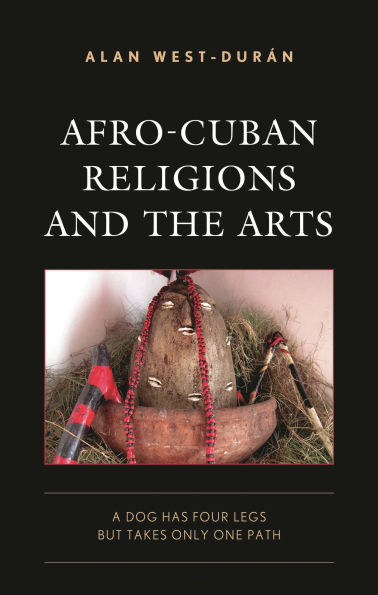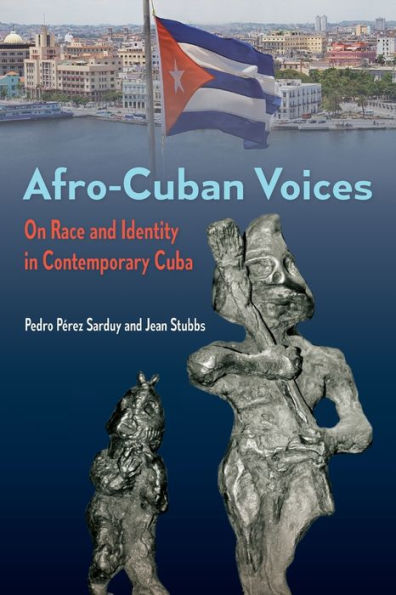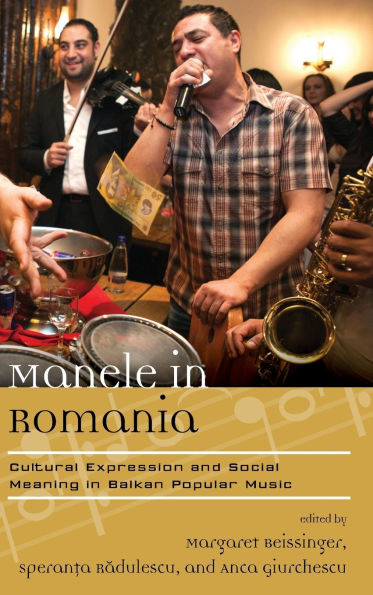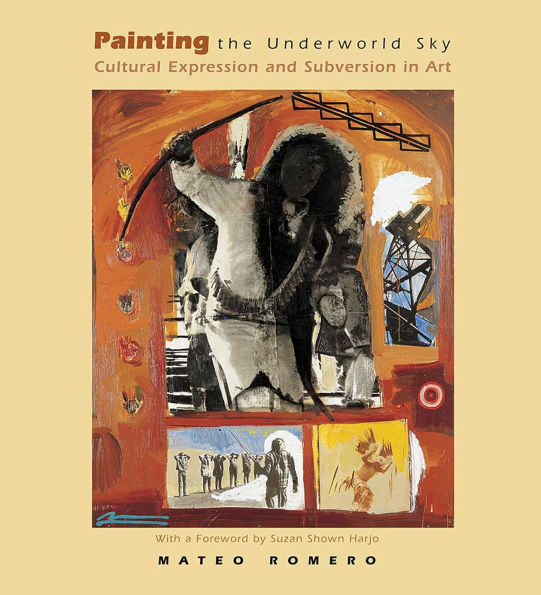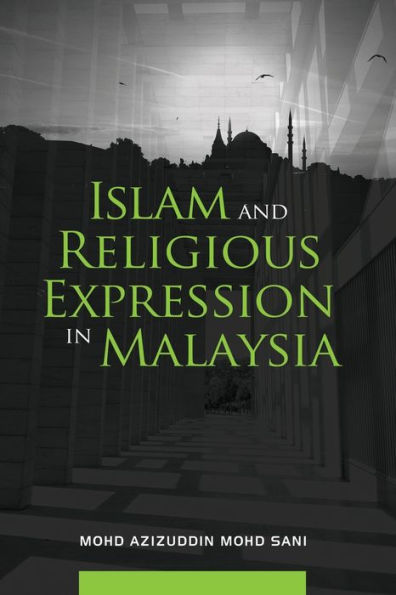Home
Afro-Cuban Religious Arts: Popular Expressions of Cultural Inheritance in Espiritismo and Santería
Barnes and Noble
Loading Inventory...
Afro-Cuban Religious Arts: Popular Expressions of Cultural Inheritance in Espiritismo and Santería in Bloomington, MN
Current price: $74.95

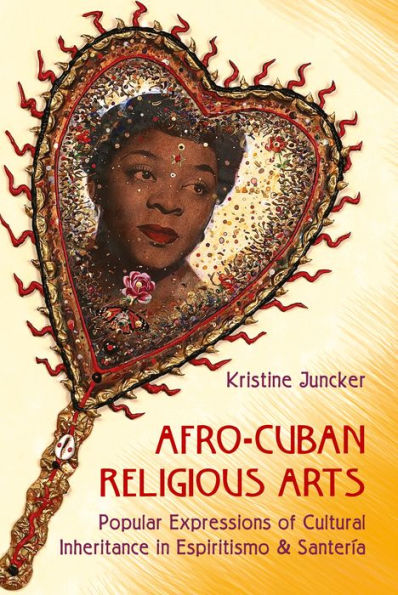
Afro-Cuban Religious Arts: Popular Expressions of Cultural Inheritance in Espiritismo and Santería in Bloomington, MN
Current price: $74.95
Loading Inventory...
Size: OS
“Challenges the reader in provocative new ways. Points to the salient call to action presented by local Santería and Espiritismo arts, ritual, performance, and other cultural forms in addressing core questions of history, legacy, and new beginnings.”—Suzanne Preston Blier, author of
Royal Arts of Africa
“A much needed study of the manner in which the religious art of women is a fundamental dimension of Afro-Cuban religious ritual, both in the public and private spheres.”—Michelle Gonzalez Maldonado, author of
Afro-Cuban Theology
From a plantation in Havana Province in the 1880s to a religious center in Spanish Harlem in the 1960s, this book profiles four generations of women from one Afro-Cuban religious family. The women were connected by their prominent roles as leaders in the religions they practiced and the dramatic ritual artwork they created. Each was a medium in Espiritismo—communicating with dead ancestors for guidance or insight—and also a santera, or priest of Santería, who could engage the oricha pantheon.
Kristine Juncker argues that by creating art for more than one religion these women shatter the popular assumption that Afro-Caribbean religions are exclusive organizations. The portraiture, sculptures, and photographs in
Afro-Cuban Religious Arts
offer rare and remarkable glimpses into the rituals and iconography of Espiritismo and Santería. Santería altars are closely guarded, limited to initiates, and typically destroyed upon the death of the santera while Espiritismo artifacts are rarely considered valuable enough to pass on. The unique and protean cultural legacy detailed here reveals how ritual art became popular imagery, sparked a wider dialogue about culture inheritance, attracted new practitioners, and enabled Afro-Cuban religious expression to explode internationally.
Royal Arts of Africa
“A much needed study of the manner in which the religious art of women is a fundamental dimension of Afro-Cuban religious ritual, both in the public and private spheres.”—Michelle Gonzalez Maldonado, author of
Afro-Cuban Theology
From a plantation in Havana Province in the 1880s to a religious center in Spanish Harlem in the 1960s, this book profiles four generations of women from one Afro-Cuban religious family. The women were connected by their prominent roles as leaders in the religions they practiced and the dramatic ritual artwork they created. Each was a medium in Espiritismo—communicating with dead ancestors for guidance or insight—and also a santera, or priest of Santería, who could engage the oricha pantheon.
Kristine Juncker argues that by creating art for more than one religion these women shatter the popular assumption that Afro-Caribbean religions are exclusive organizations. The portraiture, sculptures, and photographs in
Afro-Cuban Religious Arts
offer rare and remarkable glimpses into the rituals and iconography of Espiritismo and Santería. Santería altars are closely guarded, limited to initiates, and typically destroyed upon the death of the santera while Espiritismo artifacts are rarely considered valuable enough to pass on. The unique and protean cultural legacy detailed here reveals how ritual art became popular imagery, sparked a wider dialogue about culture inheritance, attracted new practitioners, and enabled Afro-Cuban religious expression to explode internationally.
“Challenges the reader in provocative new ways. Points to the salient call to action presented by local Santería and Espiritismo arts, ritual, performance, and other cultural forms in addressing core questions of history, legacy, and new beginnings.”—Suzanne Preston Blier, author of
Royal Arts of Africa
“A much needed study of the manner in which the religious art of women is a fundamental dimension of Afro-Cuban religious ritual, both in the public and private spheres.”—Michelle Gonzalez Maldonado, author of
Afro-Cuban Theology
From a plantation in Havana Province in the 1880s to a religious center in Spanish Harlem in the 1960s, this book profiles four generations of women from one Afro-Cuban religious family. The women were connected by their prominent roles as leaders in the religions they practiced and the dramatic ritual artwork they created. Each was a medium in Espiritismo—communicating with dead ancestors for guidance or insight—and also a santera, or priest of Santería, who could engage the oricha pantheon.
Kristine Juncker argues that by creating art for more than one religion these women shatter the popular assumption that Afro-Caribbean religions are exclusive organizations. The portraiture, sculptures, and photographs in
Afro-Cuban Religious Arts
offer rare and remarkable glimpses into the rituals and iconography of Espiritismo and Santería. Santería altars are closely guarded, limited to initiates, and typically destroyed upon the death of the santera while Espiritismo artifacts are rarely considered valuable enough to pass on. The unique and protean cultural legacy detailed here reveals how ritual art became popular imagery, sparked a wider dialogue about culture inheritance, attracted new practitioners, and enabled Afro-Cuban religious expression to explode internationally.
Royal Arts of Africa
“A much needed study of the manner in which the religious art of women is a fundamental dimension of Afro-Cuban religious ritual, both in the public and private spheres.”—Michelle Gonzalez Maldonado, author of
Afro-Cuban Theology
From a plantation in Havana Province in the 1880s to a religious center in Spanish Harlem in the 1960s, this book profiles four generations of women from one Afro-Cuban religious family. The women were connected by their prominent roles as leaders in the religions they practiced and the dramatic ritual artwork they created. Each was a medium in Espiritismo—communicating with dead ancestors for guidance or insight—and also a santera, or priest of Santería, who could engage the oricha pantheon.
Kristine Juncker argues that by creating art for more than one religion these women shatter the popular assumption that Afro-Caribbean religions are exclusive organizations. The portraiture, sculptures, and photographs in
Afro-Cuban Religious Arts
offer rare and remarkable glimpses into the rituals and iconography of Espiritismo and Santería. Santería altars are closely guarded, limited to initiates, and typically destroyed upon the death of the santera while Espiritismo artifacts are rarely considered valuable enough to pass on. The unique and protean cultural legacy detailed here reveals how ritual art became popular imagery, sparked a wider dialogue about culture inheritance, attracted new practitioners, and enabled Afro-Cuban religious expression to explode internationally.



